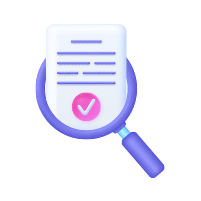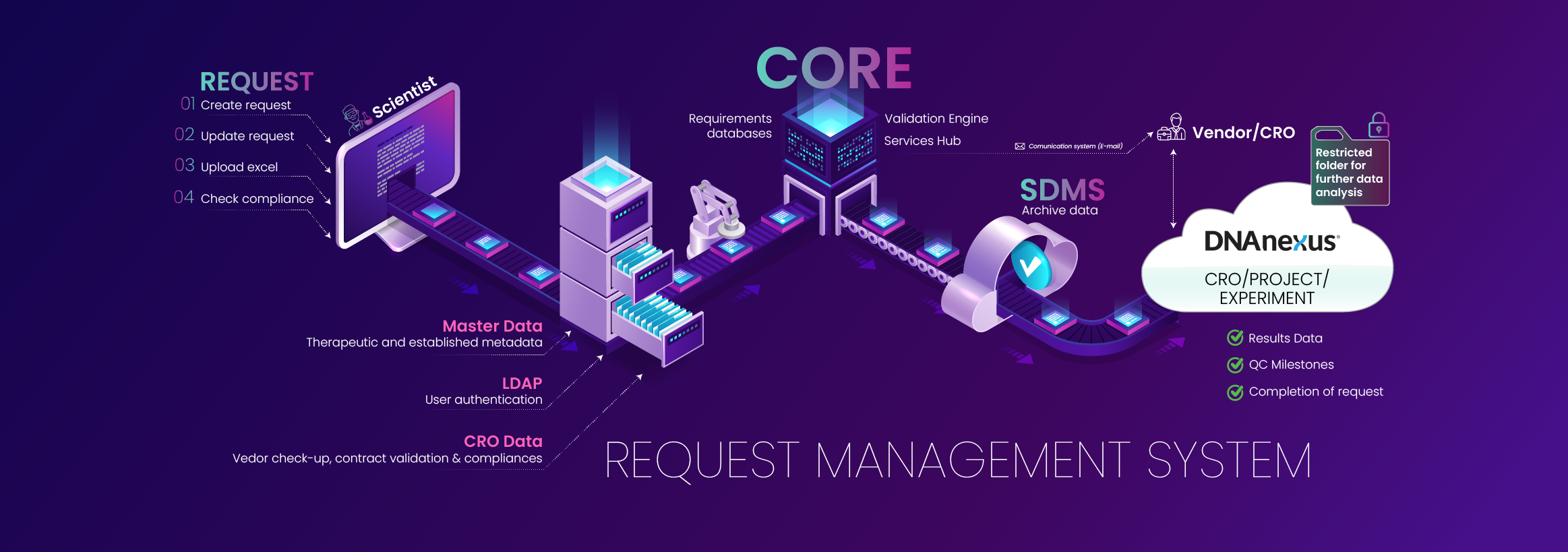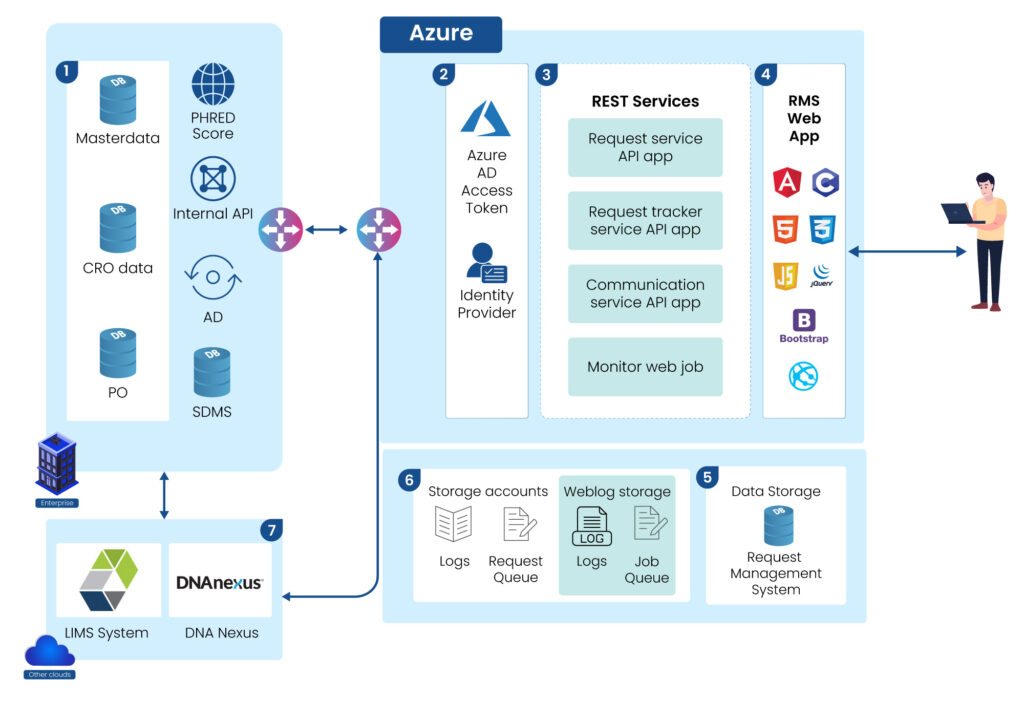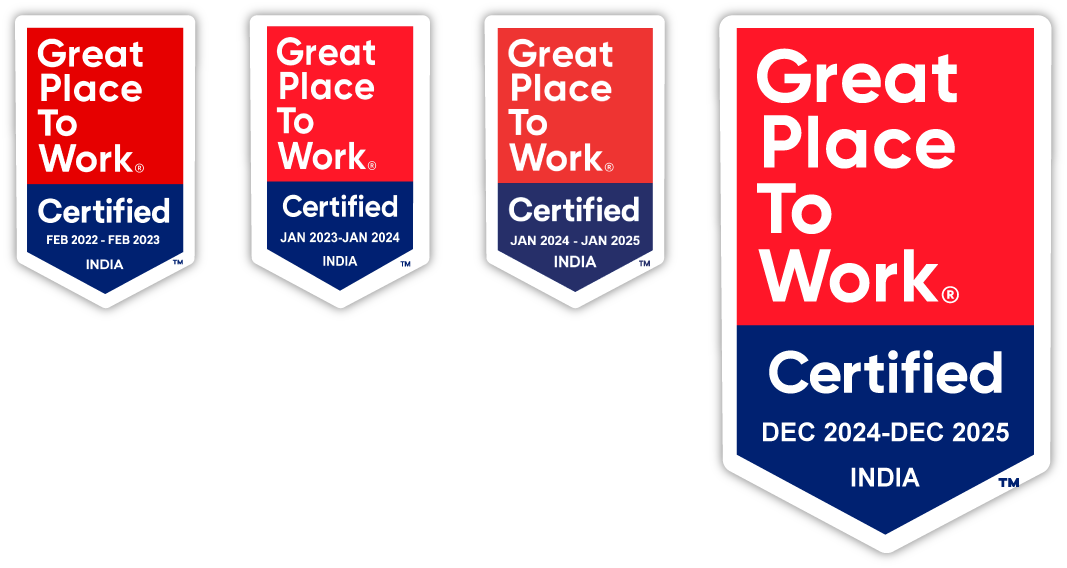Overview
Request Management System (RMS) is an enterprise-level request management platform designed to streamline the submission of Omics experiment data requests by wet lab scientists to external vendors, fostering seamless collaboration between the two. Similar to an electronic lab notebook (ELN), RMS enables data generation requests as well as integrates outsourced data, including sample files and associated metadata. Offering a comprehensive, one-stop solution, RMS facilitates efficient data management, collaboration, and analysis.

Our client
Our client is a top 10 global biopharma company, headquartered in the U.S., with operations spanning multiple locations worldwide. As the demand for data generation grew in the organization, the company sought to implement an integrated system for submitting requests to external vendors and storing generated data.

Client’s challenge
- Inadequate support for submitting data generation requests by wet lab scientists to external vendors.
- Unfit metadata making it nonreusable for downstream analysis, eventually leading to inconsistent data processing.
- Siloed data due to storage in non-standard formats and locations.

Client’s goals
- To design a serverless Azure-based platform to submit experiment/data generation requests.
- Integrate collaborative workflows for wet lab scientists and external vendors.
- Centralize and implement comprehensive metadata management for better data organization.
- Utilize standardized vocabulary to ensure consistency and facilitate audits.
- Meet audit and compliance requirements through structured data management.
Our approach
We built a simple user interface where users can easily submit and search for requests to external vendors. The system in turn allowed the external vendors to deposit the generated data in a designated repository ensuring easy access to the data for in-house scientists. This helped the organization in standardizing interactions with external vendors thereby streamlining collaboration. Additionally, the system captures essential metadata related to requests, samples, and experiments, providing a comprehensive data record. We added controlled vocabularies to the platform to ensure alignment across datasets, supporting audit and compliance requirements effectively.
The Figure below shows user journey addressed by Excelra for workflow management in RMS.

For better user experience, a dashboard and report creation capabilities are added to the platform. Dashboard provides data and visualizations in real-time from data entered across research units.
Technical architecture
- The client’s enterprise manages Master and Vendor databases, along with Active Directory (AD) for user authentication and authorization through the system.
- User access is enforced via authentication and matching approved access levels.
- REST APIs facilitate two-way communication between the enterprise and storage accounts, while monitoring web jobs trigger actions based on request workflow status.
- The Web App serves as the user interface for submitting and tracking requests and allows admin users to control request attributes.
- SQL Data Storage PAAS holds key databases related to requests, vendor communication, tracking, templates, and configurations.
- Storage Accounts maintain logs and pipeline data.
- For each request type, a JSON file is created and stored in the appropriate folder structure in DNANexus.


Value addition
- Empowering administrators with a flexible and dynamic UI for efficient management of both front-end and back-end tasks.
- Creating a centralized hub for metadata creation, tracking, and validation to ensure consistent data accuracy across the system.
- Offering an intuitive, user-friendly interface with easy-to-access data entry points for streamlined interactions.
- Enabling scalability through a robust framework, with the flexibility to incorporate modular add-ons as needed for future growth.
- Promoting operational efficiency and departmental integration by enhancing workflow fluidity within the system, ensuring seamless collaboration across teams.
Conclusion
The RMS platform streamlines Omics experiment data requests, improving collaboration between wet lab scientists and external vendors. By centralizing metadata management, integrating workflows, and using controlled vocabularies, it ensures consistency, data reuse, and compliance. The intuitive interface, real-time dashboards, and dynamic reporting enhance usability for managing requests and accessing data. With a serverless Azure-based architecture, it offers scalability and flexibility. RMS resolves data silos, boosts operational efficiency, and supports the organization’s data management, audit, and compliance needs.

